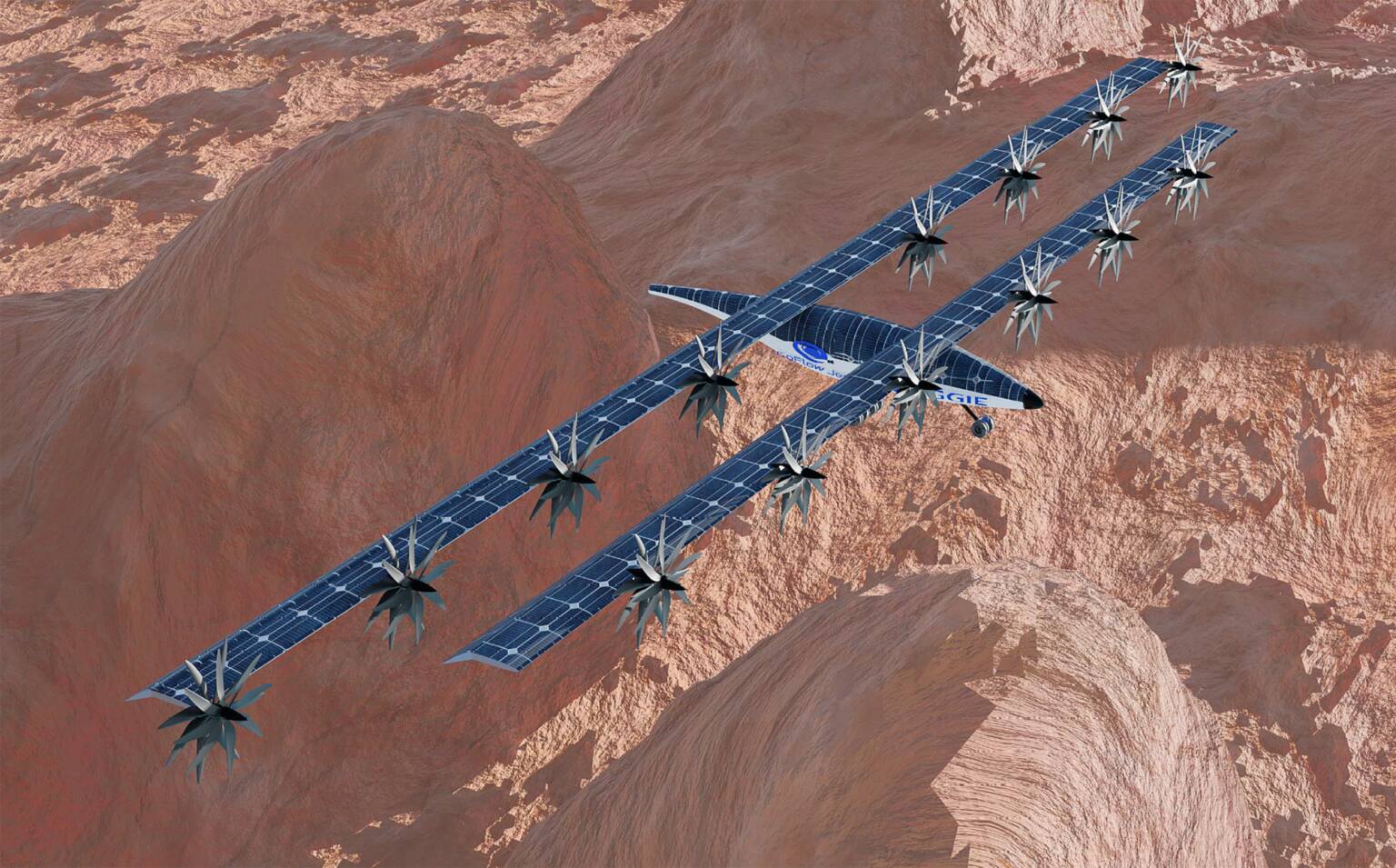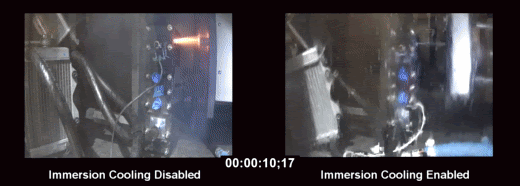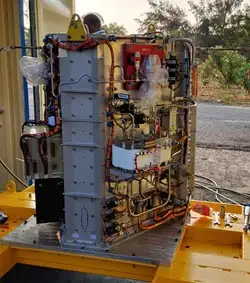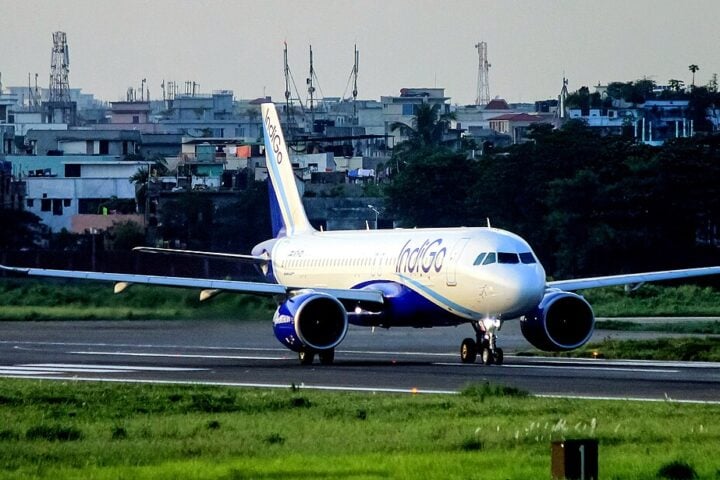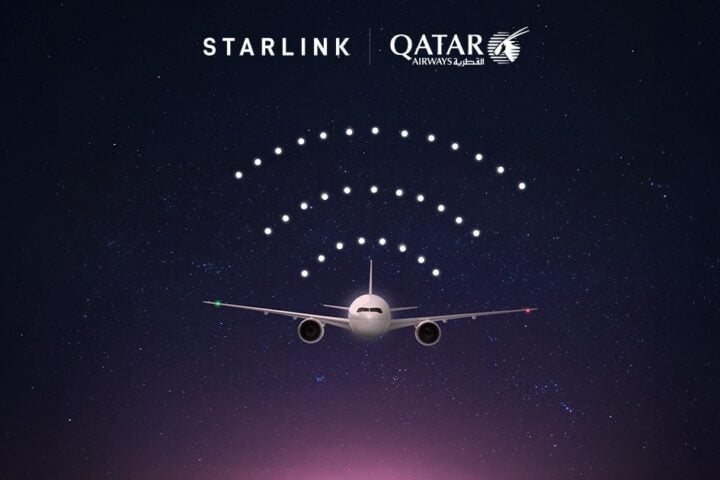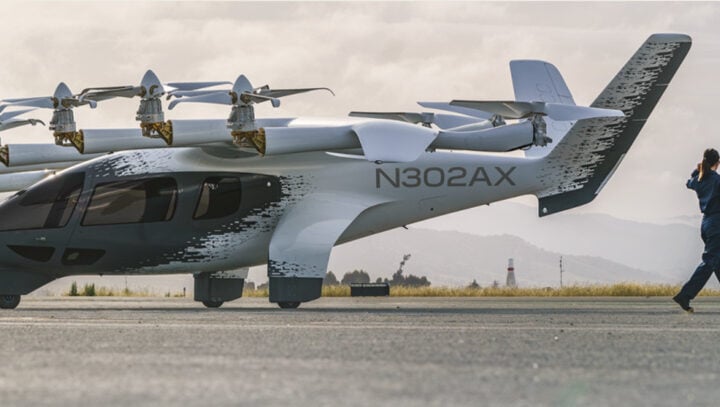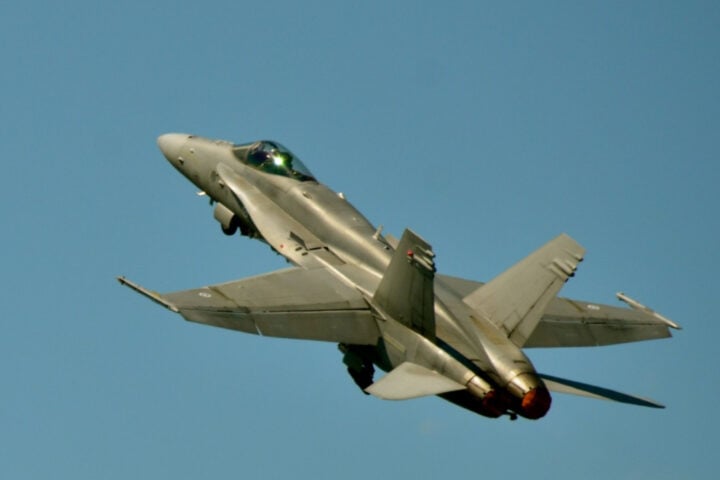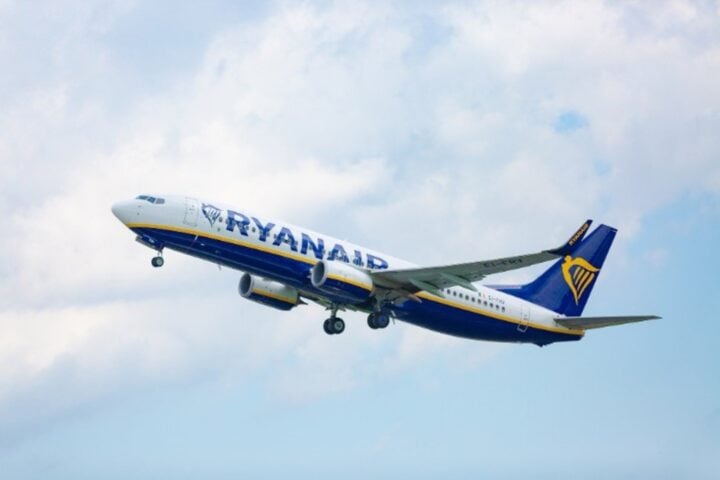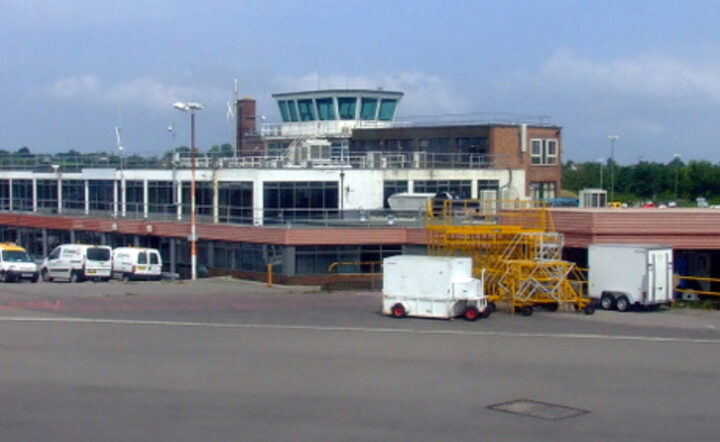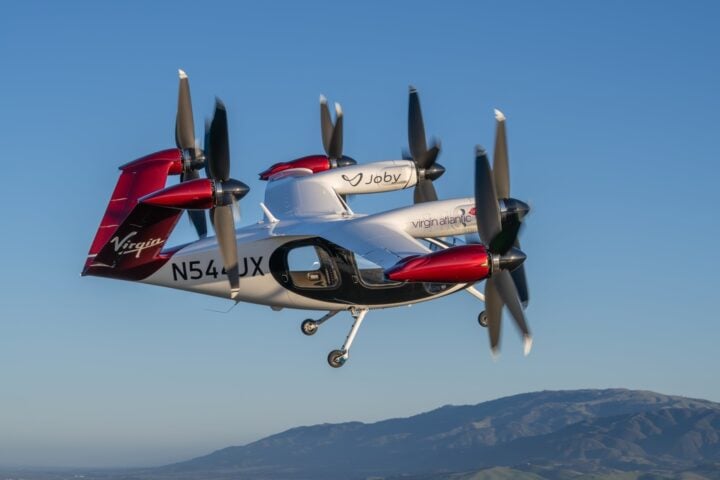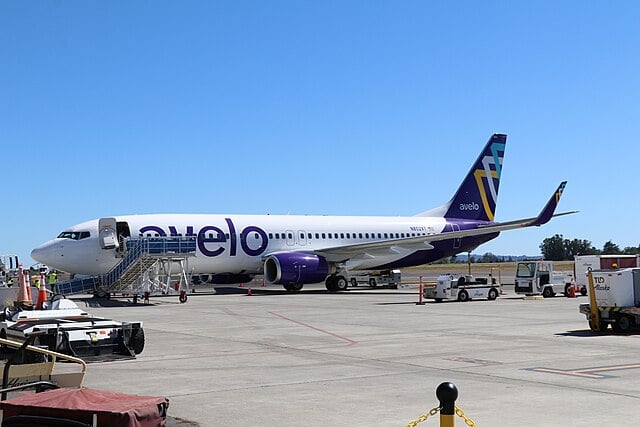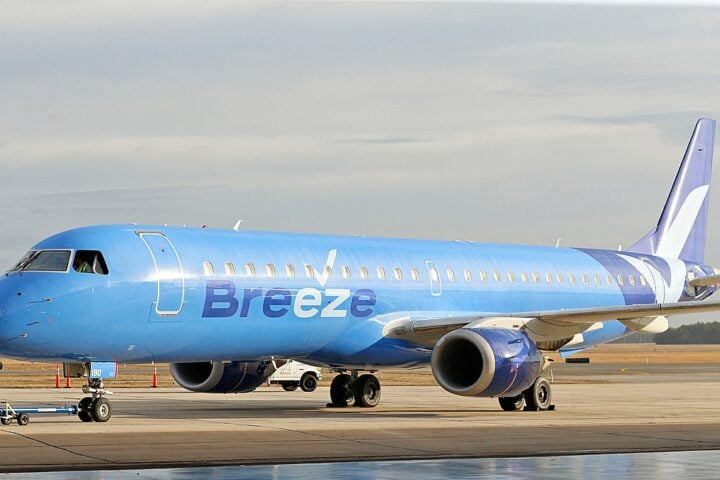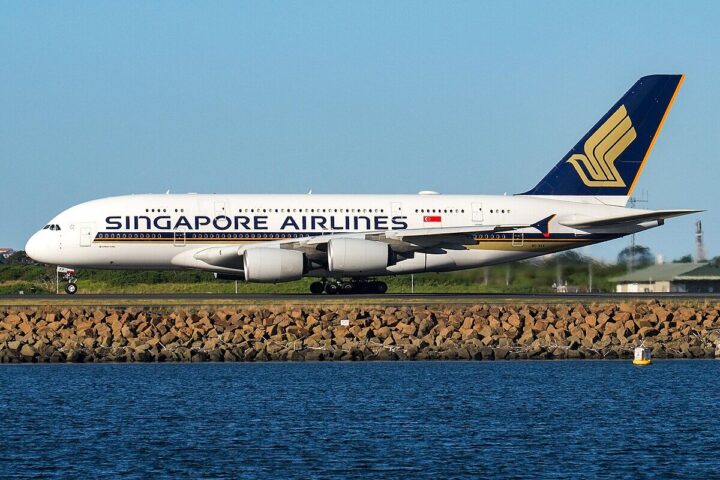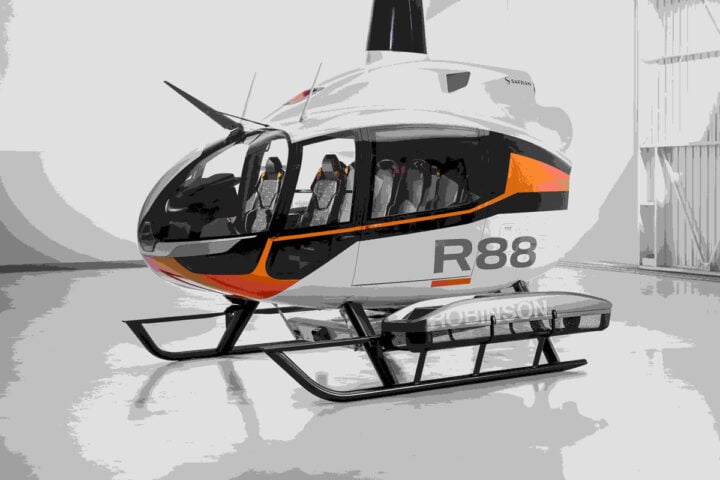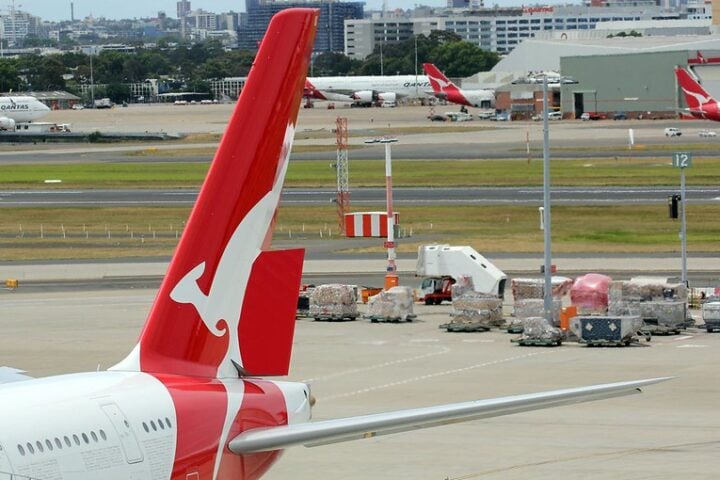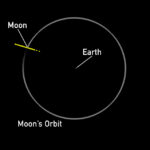The Innovative Advanced Concepts (NIAC) program of NASA, which is renowned for providing financing for innovative technologies related to space exploration, has declared the selection of thirteen new projects for its 2024 Phase I awards.
With funding of up to $175,000 each, these initiatives show NASA’s dedication to expanding the realm of space research. The Mars Aerial and Ground Intelligent Explorer (MAGGIE), a concept put out by Ge-Cheng Zha of Coflow Jet LLC, is one of the concepts that was chosen.
MAGGIE is a fixed-wing, solar-powered aircraft that is small enough to fly in the Martian atmosphere. It is unique in that it can do vertical takeoff and landing (VTOL) thanks to cutting-edge CoFlow Jet (CFJ) deflected slipstream technology. The ultra-high cruise lift coefficient (CL) of 3.5, which is roughly 10 times greater than that of normal subsonic aircraft, and a cruise speed of Mach 0.25 are the design goals.
The combination of this high CL and a CL/CDc (lift-to-drag coefficient) of 9 is essential for overcoming the difficulties caused by the Martian atmosphere’s low density and low Reynolds number effect. MAGGIE is intended for lengthy exploration, with a proposed range of 179 km on a fully charged battery over 7.6 Martian days (sol) at an altitude of 1,000 meters. Its predicted total range during a Martian year is an astounding 16,048 kilometers.
MAGGIE’s mission objectives include mapping subsurface water ice at high resolutions in the mid-latitudes, studying methane signals, and undertaking atmospheric and geophysical experiments to explore the Martian core dynamo.
Similar Posts
The creation of MAGGIE has the potential to transform Mars exploration and greatly increase our understanding of the Red Planet. Expanding upon the success of the Ingenuity helicopter, its goal is to offer a fresh platform for investigating diverse Martian settings.
The VTOL aircraft technology on Earth and other planets could be improved by the technology created for MAGGIE. Since the program’s establishment in 1998, NIAC has played a significant role in promoting creative ideas.
The MarCO deep space CubeSats’ instrumentation and the Mars Ingenuity helicopter are two previous projects that have benefited from NIAC. E
ven if not every idea from the program will end up as a NASA mission, they nonetheless offer insightful information and might even open the door for future technological developments in space travel.
Other intriguing ideas chosen for Phase I financing, in addition to MAGGIE, are a sample return mission to Venus, a study of animal torpor for human space-health, and a plan for a swarm of tiny interstellar spacecraft targeted at Proxima Centauri. These initiatives showcase the vast array of creative concepts that the NIAC program funds, from creating novel propulsion systems to expanding our knowledge of extraterrestrial life.
